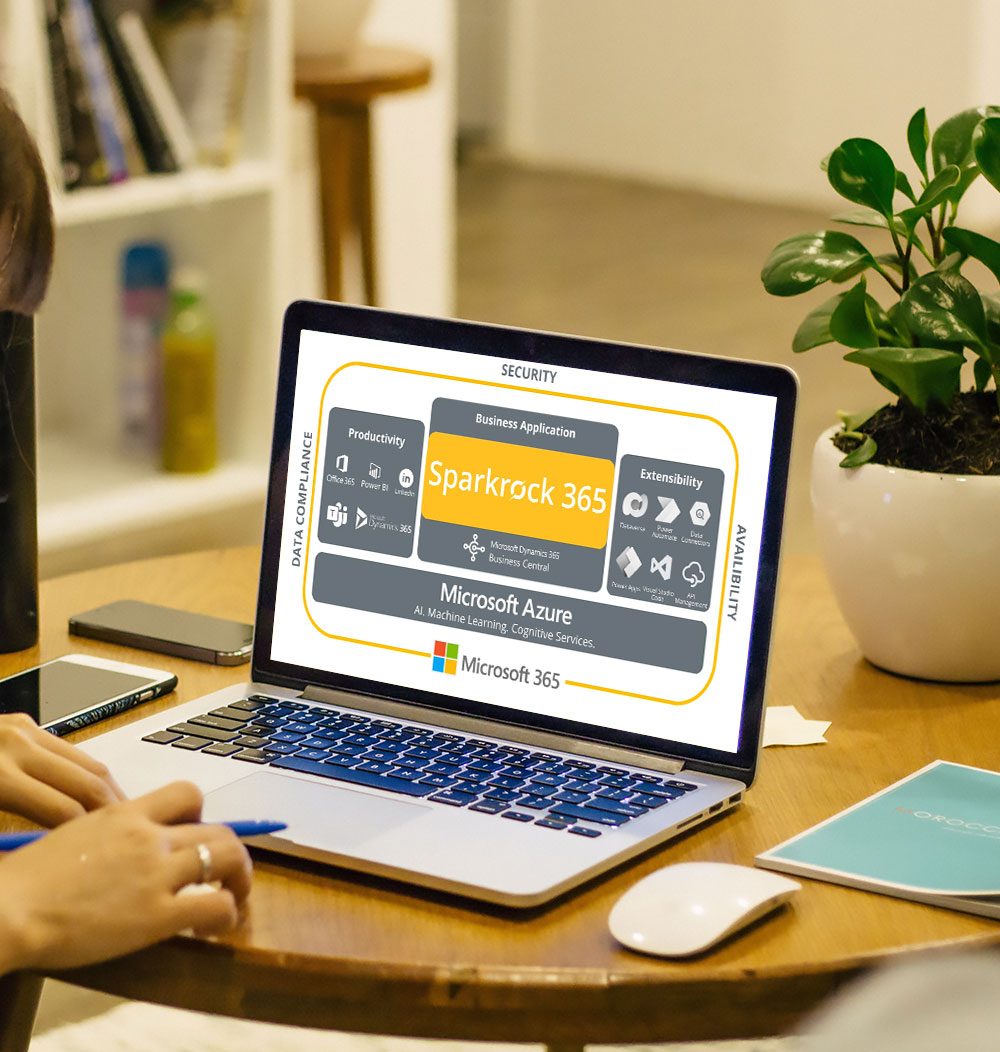
We build and deploy industry-leading Enterprise Resource Planning (ERP) software. We enable social impact organizations like Nonprofits, Human Service and K-12 organizations to have predictive control and oversight of their funding and operations with our premier product, Sparkrock 365.
The synchronization of our features helps to increase productivity, efficiency and cost-effectiveness within your organization. At Sparkrock, we understand that our industries have unique needs and require flexible financial management systems that align with their goals.
That’s why our product offers functionality that works for employees in accounts payable, cash management, employing onboarding, and more.

Learn how this nonprofit enhanced their financial reporting and donor management.
discoverLearn how this Human Service organization drastically reduced time spent on administrative tasks.
discoverLearn how this K-12 school board enhanced the efficiency of their purchasing system.
discover




